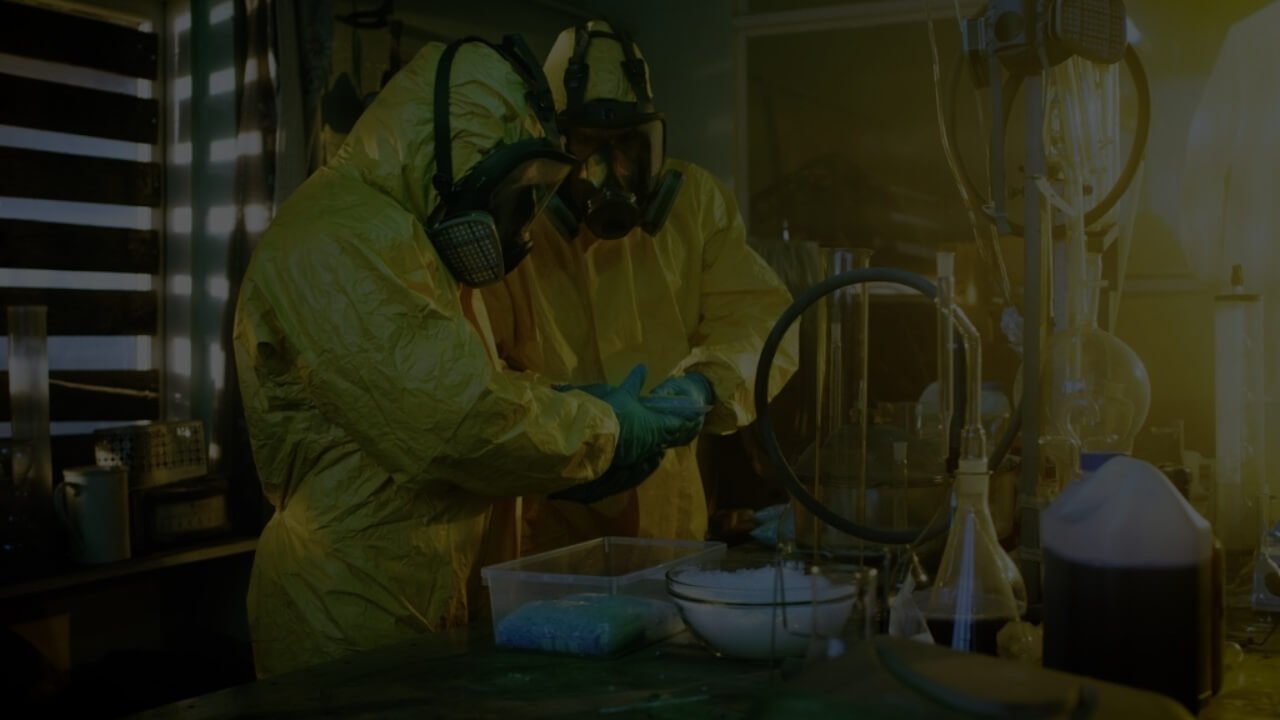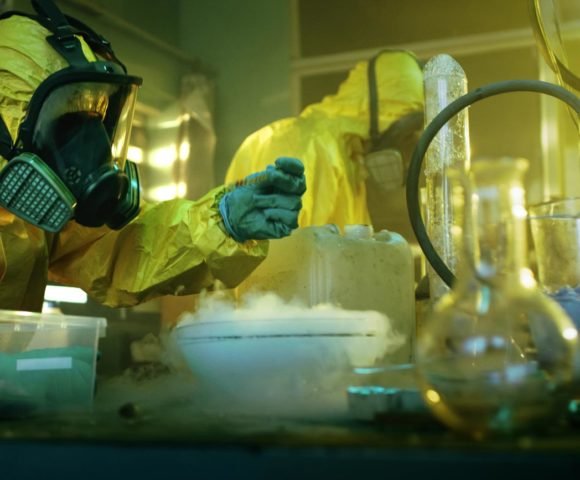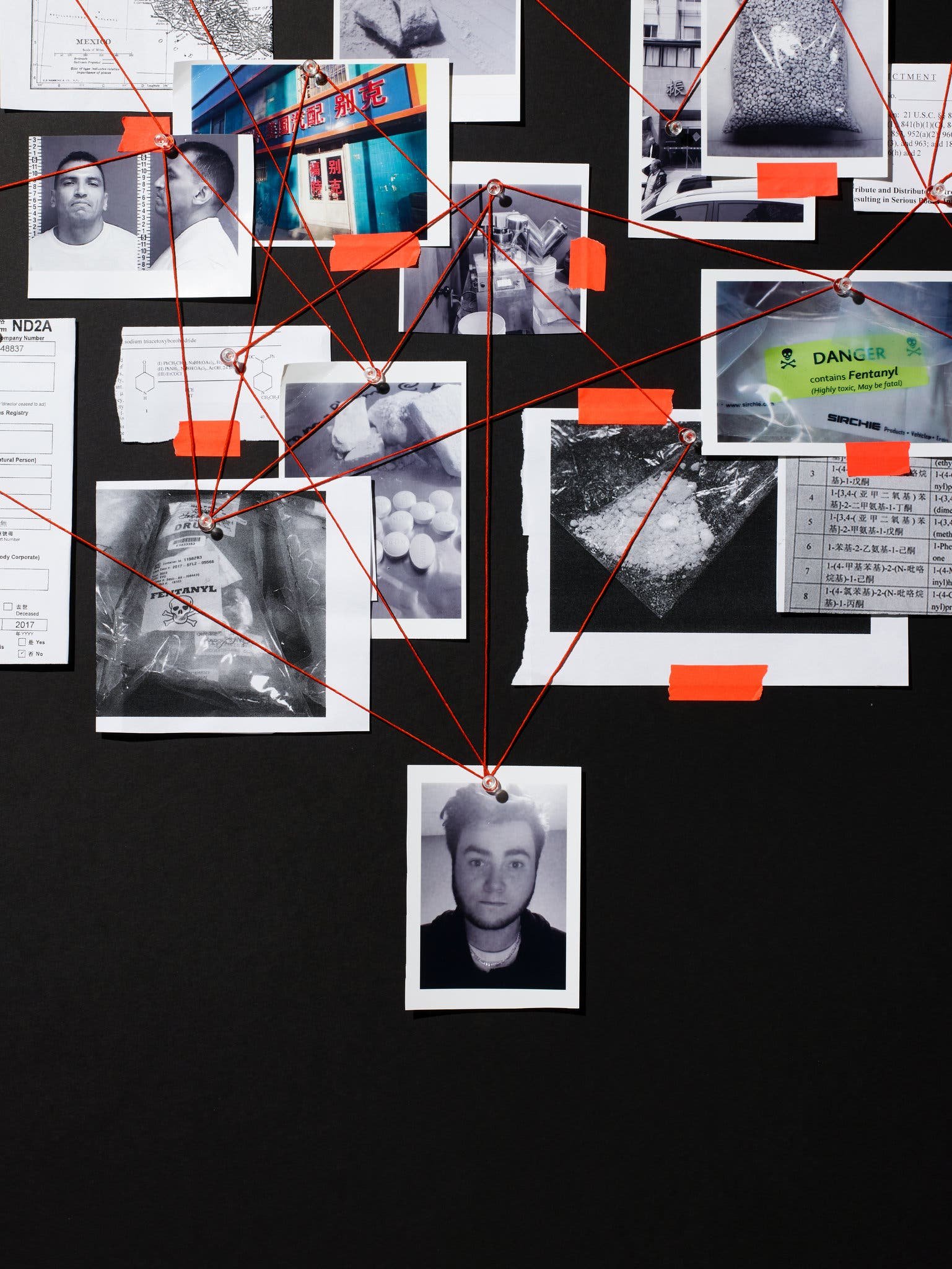
Fentanyl & Meth Cleanup
Remediation
Nationwide Remediation Services for Fentanyl
and Meth Cleanup
We understand how critical it is to quickly and effectively clean up hazardous substances like fentanyl and methamphetamine from properties. Whether you're dealing with a home, business or any other type of property, we're here to manage the cleanup process and ensure your property is safe and ready to be reoccupied.
Hazardous Cleanups
Illicit Drug Lab Cleanups
Remediating Properties and Vehicles Contaminated by Illicit Fentanyl
Recovered Stolen Vehicle Drug Testing and Decontamination
Animal Waste Cleanups
Horder Cleanups
COVID Disinfecting Services
Hazmat Training
Fentanyl Awareness Training
Construction Services - Safety Services Construction Inc. is our sister company that provides rebuilds post cleanups.
Our Approach to Illicit Drug Testing and Remediation
We provide services across the country, focusing on remediation for properties contaminated by dangerous substances like fentanyl and meth. We collaborate with skilled remediation teams everywhere to ensure thorough testing and cleanup. Here’s what we do:
Testing for Illicit Drugs:
Thorough Inspections and Testing: We conduct detailed inspections and use advanced testing methods to find any traces of illicit drugs, especially fentanyl and methamphetamine, which are known for their dangerous potency.
Expert Analysis: Our team, which includes certified professionals, uses the most current technologies and methods to figure out how much contamination there is and exactly what substances are present.
Managing Cleanup and Remediation:
Coordinating Professional Remediation Teams: We work with local remediation teams across the United States, overseeing the cleanup from start to finish. We ensure only professionals are handling the job as many think they can handle a cleanup, only to make things worse.
Safe Cleanup Practices: We follow safe and effective methods to remove hazardous substances, sticking to all the rules and best practices to completely clean the property.
Restoration to Safe Conditions: After cleaning, we do more tests to make sure the property is free from dangerous residues and is safe for people. Our goal is to get your property back to a state where you can safely live or work without worrying about health risks.
Why Choose Safety Services Management?
Nationwide Coverage: No matter where you are in the U.S., our team is ready to help. We can quickly get teams to any place, making sure the cleanup is done promptly and effectively.
Expertise and Experience: With a wealth of experience in handling hazardous substances, our team has the know-how and skills needed to efficiently manage complex cleanups.
Commitment to Safety: Your safety is our top priority. We take great care in every part of the cleanup process to ensure that every property is thoroughly cleaned and tested to the highest standards.
Complete Transparency: We keep you informed with detailed reports throughout the process, so you know exactly what steps we've taken to clean your property and the final results.
At Safety Services Management, we're committed to making environments contaminated by fentanyl and meth safe again for everyone. Let us help you bring your property back to a safe and livable condition with our expert remediation and testing services.
Helpful Resources
EPA - Voluntary Guidelines for Methamphetamine and Fentanyl Laboratory Cleanup
Federal Resources
U.S. Environmental Protection Agency (EPA)
United States Environmental Protection Agency (2018) Fact Sheet for OSCs: Fentanyl and Fentanyl Analogs
https://www.epa.gov/sites/production/files/2018-07/documents/fentanyl_fact_sheet_ver_7-26-18.pdf
United States Environmental Protection Agency (2018) Fentanyl Toxicity, Exposure and Risk
https://www.epa.gov/sites/production/files/2018-11/documents/decon_presentation_010.pdf
Centers for Disease Control and Prevention (CDC)
Centers for Disease Control and Prevention (2020) Synthetic Opioid Overdose Data
https://www.cdc.gov/drugoverdose/data/fentanyl.html
Centers for Disease Control and Prevention, National Institute for Occupational Safety and Health (2019) Illicit Drug
Tool-Kit for First Responders
https://www.cdc.gov/niosh/topics/fentanyl/toolkit.html
Centers for Disease Control and Prevention, National Institute for Occupational Safety and Health (2020) Illicit Drugs, Including Fentanyl
https://www.cdc.gov/niosh/topics/fentanyl/risk.html
Centers for Disease Control and Prevention, National Institute for Occupational Safety and Health (2019)
Using Naloxone to Reverse Opioid Overdose in the Workplace: Information for Employers and Workers
https://www.cdc.gov/niosh/docs/2019-101/pdfs/2019-101.pdf?id=10.26616/NIOSHPUB2019101
Spencer MR, Warner M, Bastian BA, Trinidad JP, Hedegaard H. 2019) Drug Overdose Deaths Involving Fentanyl, 2011–
2016. National Vital Statistics Reports; vol. 68 no 3. Hyattsville, MD: National Center for Health Statistics
https://www.cdc.gov/nchs/data/nvsr/nvsr68/nvsr68_03-508.pdf
Drug Enforcement Administration (DEA)
United States Department of Justice/Drug Enforcement Administration (2020) Fentanyl Fact Sheet
https://www.dea.gov/factsheets/fentanyl
United States Department of Justice/United States Drug Enforcement Administration, Strategic Intelligence Section
(2018) Fentanyl Remains the Most Significant Synthetic Opioid Threat and Poses the Greatest Threat to the Opioid User Market
in the United States
https://www.dea.gov/sites/default/files/2018-07/PRB-DIB-003-18.pdf
National Institutes of Health (NIH)
National Institutes of Environmental Health Sciences (2018) Prevention of Occupational Exposure to Fentanyl and
Other Opioids
https://tools.niehs.nih.gov/wetp/public/hasl_get_blob.cfm?ID=11206
State Resources
California Legislative Information (2019) AB-1596 Hazardous Substances: Contaminated Property: Fentanyl Cleanup
https://leginfo.legislature.ca.gov/faces/billNavClient.xhtml?bill_id=201920200AB1596
















We are living in an opioid crisis which has had a devastating impact on the United States. This epidemic has not only effected those struggling with addiction and their loved ones but those tasked with working around this lethal chemical. What is less discussed are the professionals and innocent bystanders who also are being effected by this epidemic. This article aims to shed light on this new and growing hazard.